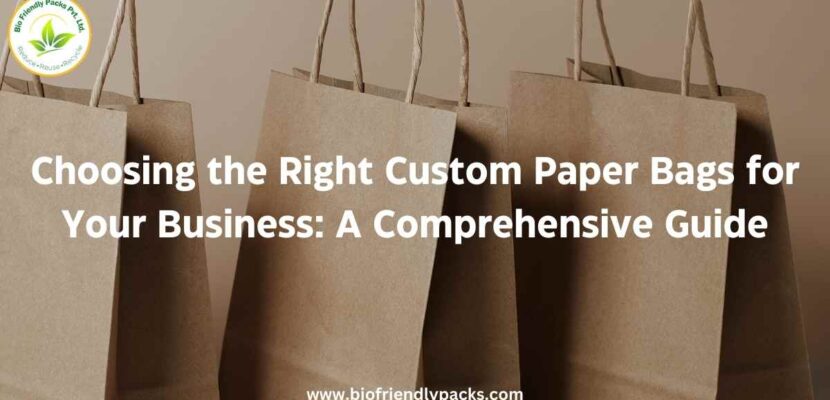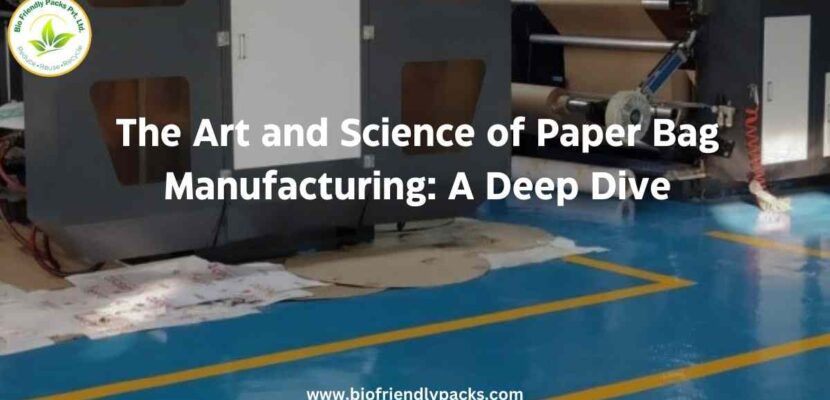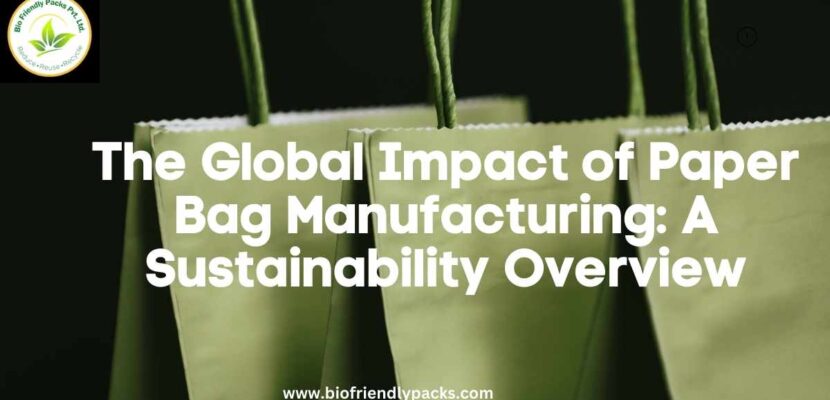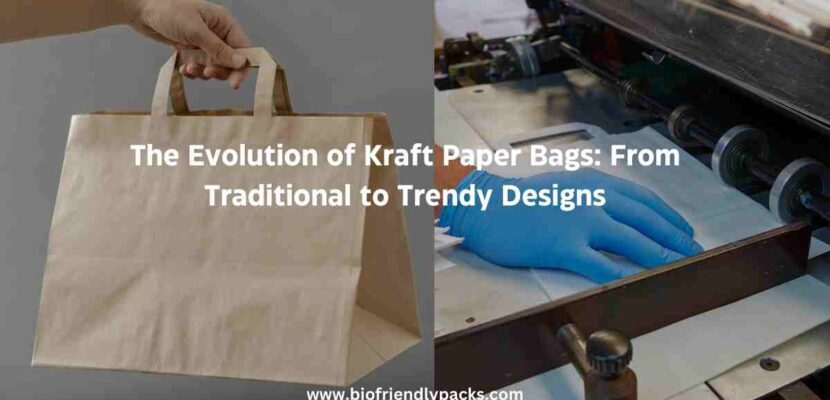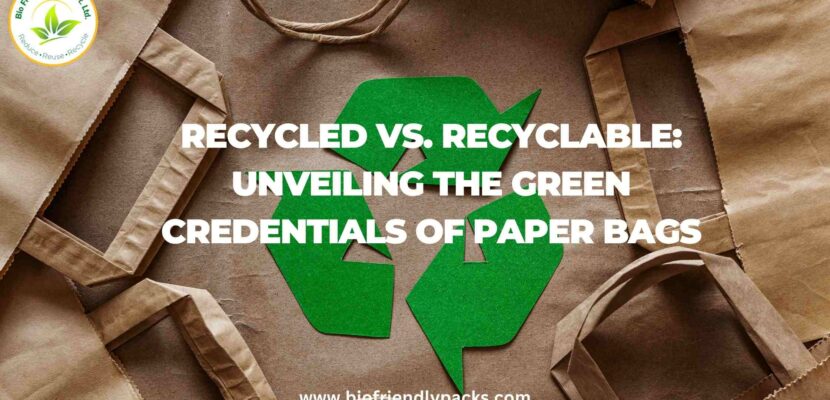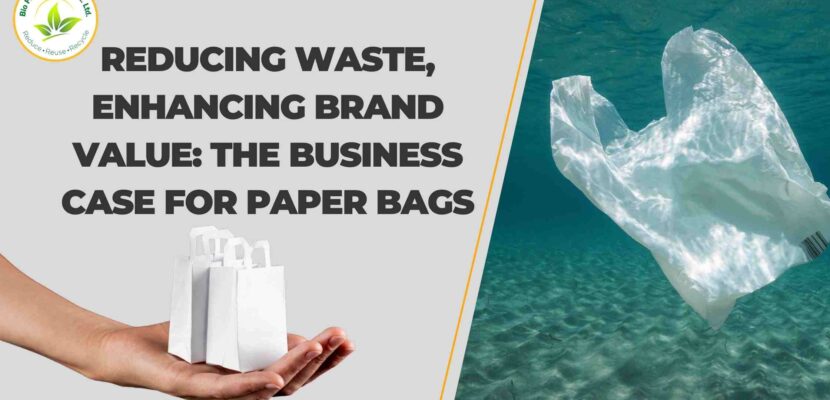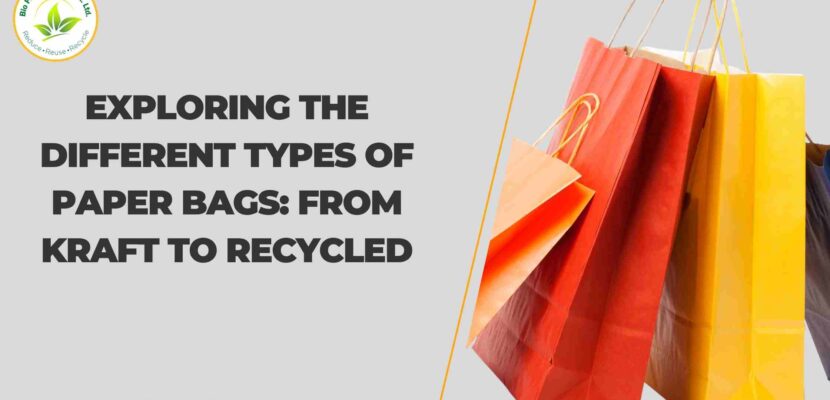How Your Branding Impacts Sustainable Packaging Choices
In today’s environmentally conscious world, businesses are increasingly aware of the impact their packaging choices can have on the planet. Sustainable packaging has become a key focus for many companies looking to reduce their carbon footprint and appeal to eco-conscious consumers. However, one often overlooked aspect of sustainable packaging is how branding can impact these choices.
Branding plays a significant role in shaping consumer perceptions and behavior. It can influence the way customers view a product and the company behind it. When it comes to sustainable packaging, branding can have a powerful effect on the choices consumers make and the actions companies take.
Building a Sustainable Brand Image
One of the ways branding impacts sustainable packaging choices is by shaping the overall image of a brand. A brand that positions itself as environmentally friendly is expected to follow through on that promise by using sustainable packaging. Consumers are more likely to trust and support a brand that aligns with their values, including sustainability.
Communicating Sustainability Through Packaging
Packaging is often the first point of contact between a brand and a consumer. It is an opportunity for brands to communicate their commitment to sustainability. By using eco-friendly materials and clearly labeling their packaging as such, brands can signal to consumers that they are making environmentally responsible choices.
Creating a Memorable Unboxing Experience
Branding extends beyond just the design of the packaging itself. It also includes the entire unboxing experience. Brands can use sustainable packaging to create a memorable and positive experience for customers. This can include using recyclable or biodegradable materials, as well as incorporating innovative and eco-friendly design elements.
Influencing Consumer Behavior
Branding can also influence consumer behavior when it comes to sustainable packaging. Studies have shown that consumers are more likely to choose products with environmentally friendly packaging, even if it means paying a slightly higher price. Brands that emphasize sustainability in their branding can capitalize on this trend and attract more environmentally conscious consumers.
Encouraging Industry-wide Change
Finally, branding can have a broader impact on the industry as a whole. When a well-known brand adopts sustainable packaging practices, it can inspire other companies to follow suit. This can lead to industry-wide changes that benefit the environment and society as a whole.
In conclusion, branding plays a crucial role in shaping sustainable packaging choices. By aligning their branding with sustainability, companies can not only improve their brand image but also make a positive impact on the environment and influence consumer behavior. It’s clear that branding and sustainable packaging go hand in hand, and companies that embrace this connection are likely to reap the rewards in the long run.






